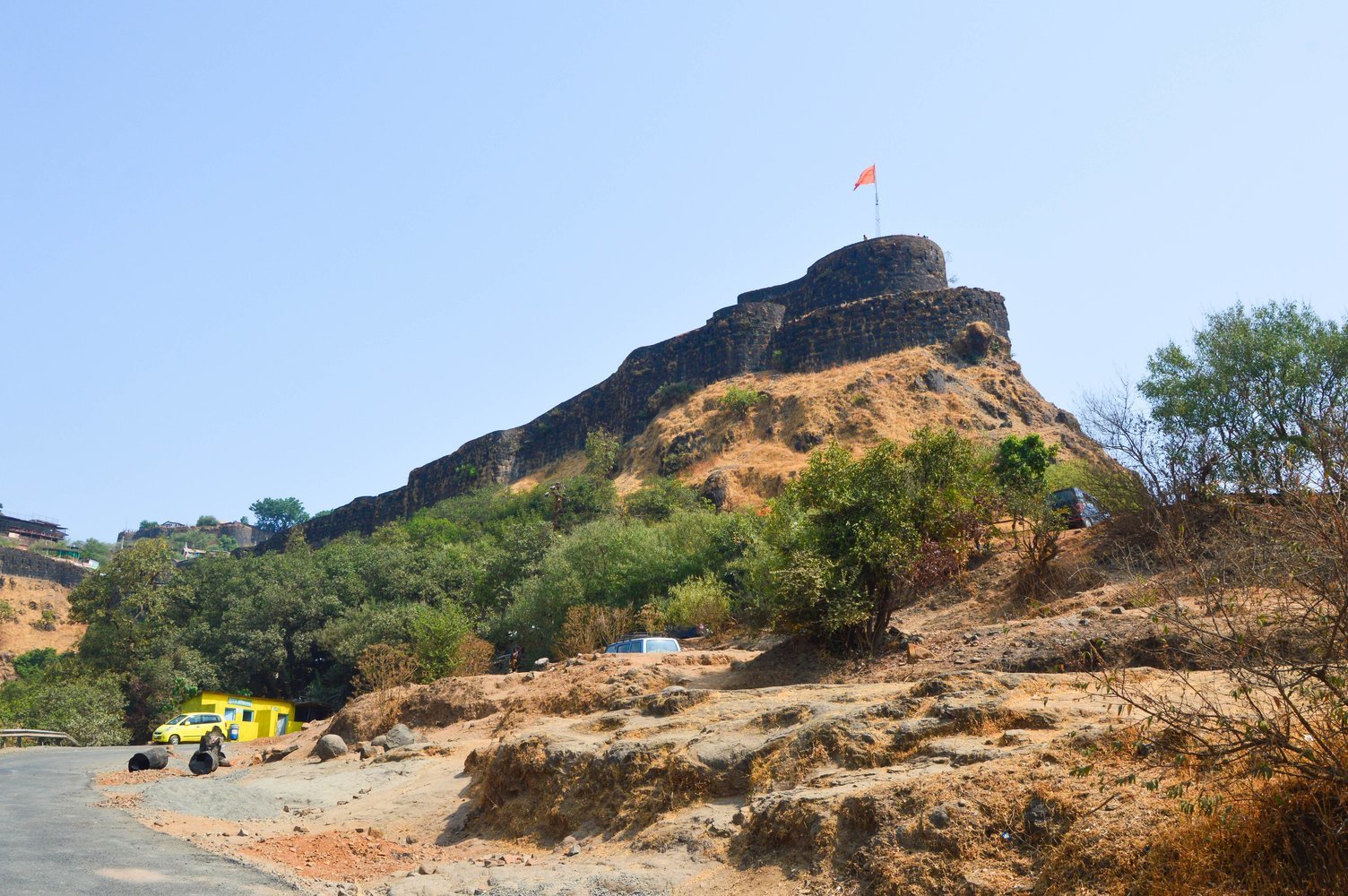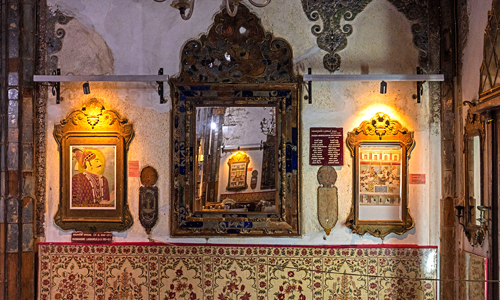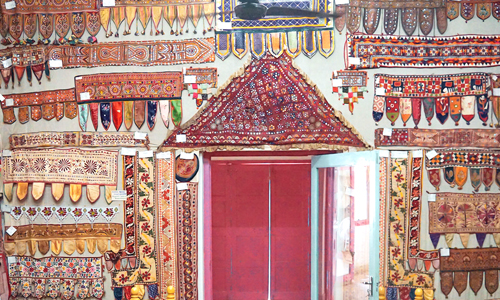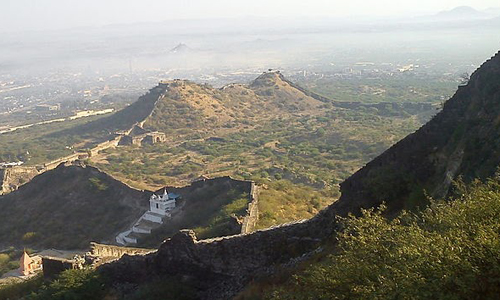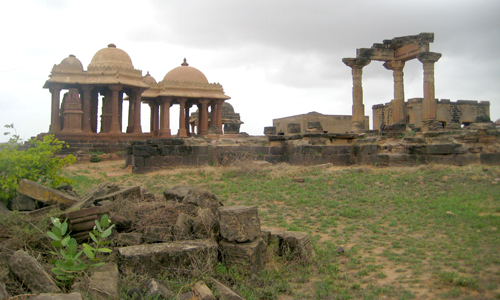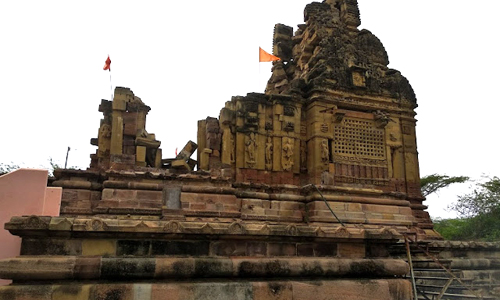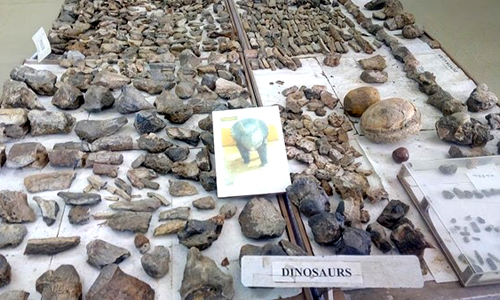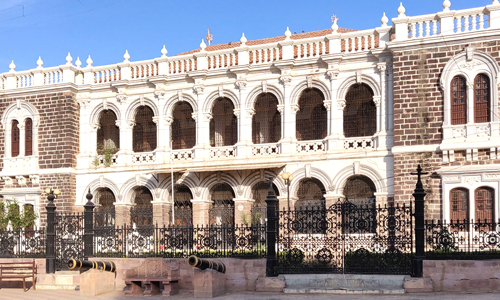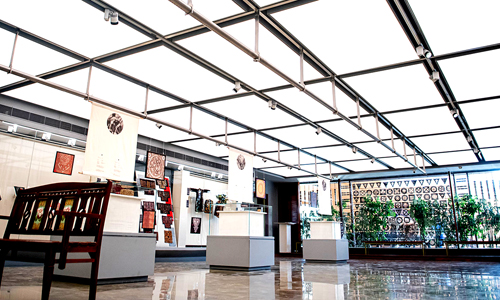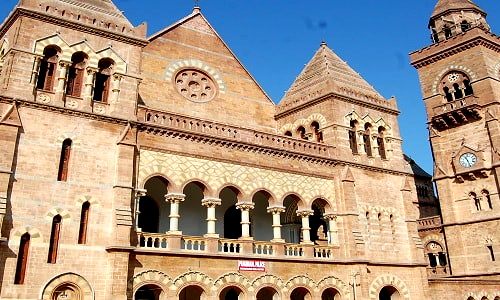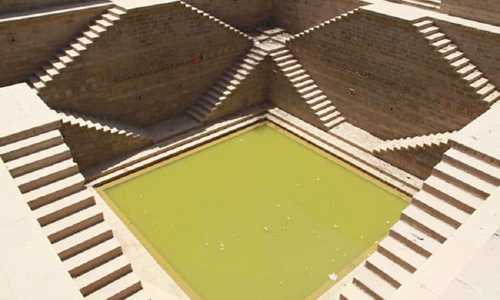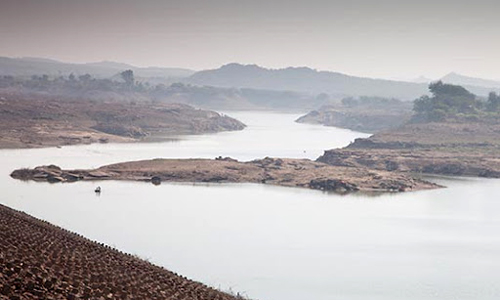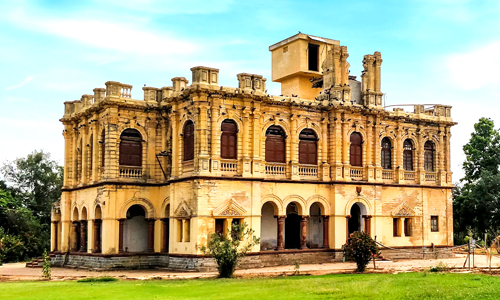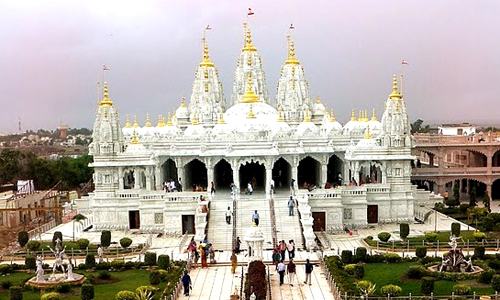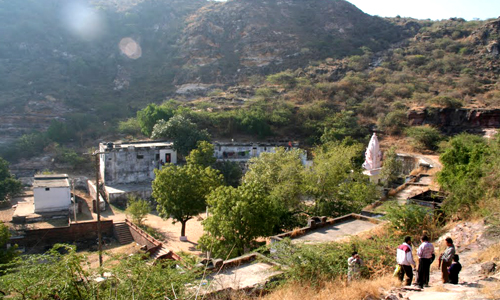Khamir Craft Resource Centre is a charitable organisation based in Gujarat's Kachchh district. It came in 2005 with the primary goal of promoting and protecting traditional crafts and artisanal expertise unique to the Kachchh region.
It is one of the most attractive sites to visit in Bhuj as part of Bhuj tour Packages. It is popular among art enthusiasts and shopaholics.
During the day, Khamir's bustling campus hosts a variety of workshops. Visitors may see embroiderers, block printers, potters, and weavers create a magnificent piece of art step by step. Khamir Craft Resource Centre is a place to visit in Bhuj.
The crafts resource centre also has a nice little shop where Mashru and Ajrak cloth is finished. The local people see it as exquisite shawls and traditional wear like dupattas. In addition, the Khamir campus features a hotel where visitors can stay and participate in workshops and events.
Khamir Craft Resource Centre's site area is roughly 8,093.71 square metres. The centre welcomes around 11,000 people each year who come to investigate and admire the traditional crafts and artistic achievements on display.
History of Khamir Craft Resource Centre
Khamir was founded in 2005 as a joint project of Kachchh Nav Nirman Abhiyan and the Nehru Foundation for Development. It is an organisation for strengthening and promoting local crafts. The centre has been in work since the huge earthquake that devastated Bhuj and the neighbouring villages in 2001.
The resource centre came into existence in Kutch as an education, training, and demonstration centre. It is an interpretation facility for craft, environment, and cultural conservation, with funding from the Gujarat government.
It also strives to help artisans establish a strong market and commercial orientation in order to obtain suitable resources for revitalising the local craft sector and form creative collaborations within the artisan community and with the global community.
The Khamir Craft Resource Centre's design concept took inspiration from Kutch's pre-earthquake streetscape and village patterns. The building was designed to have a 2500 square metre space dedicated to promoting crafts.


